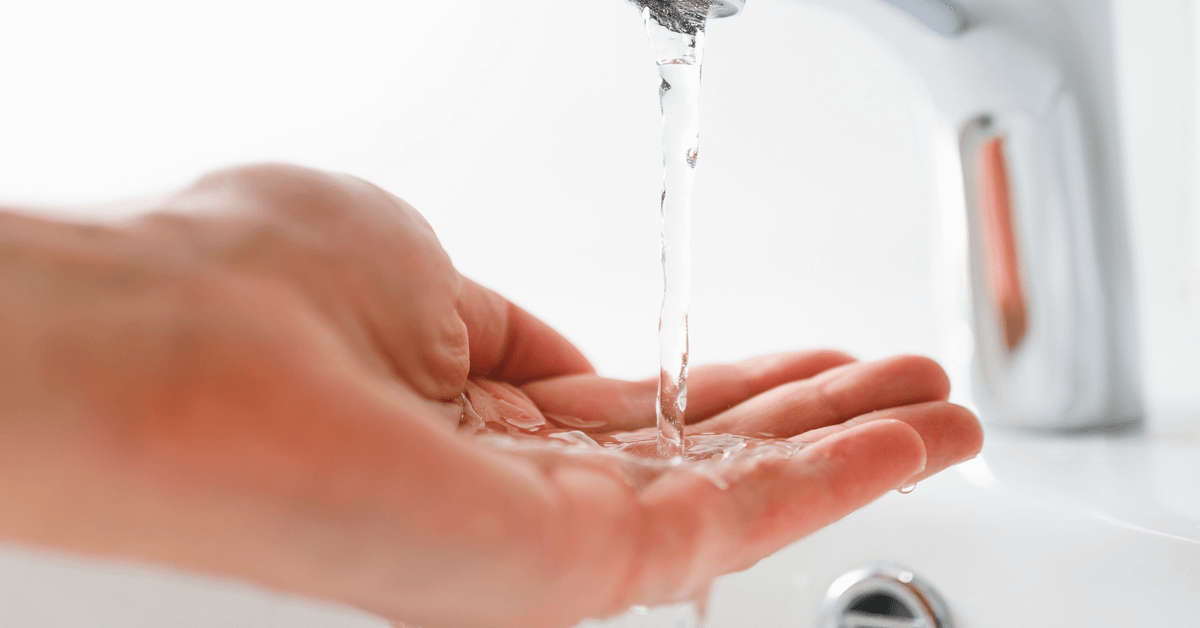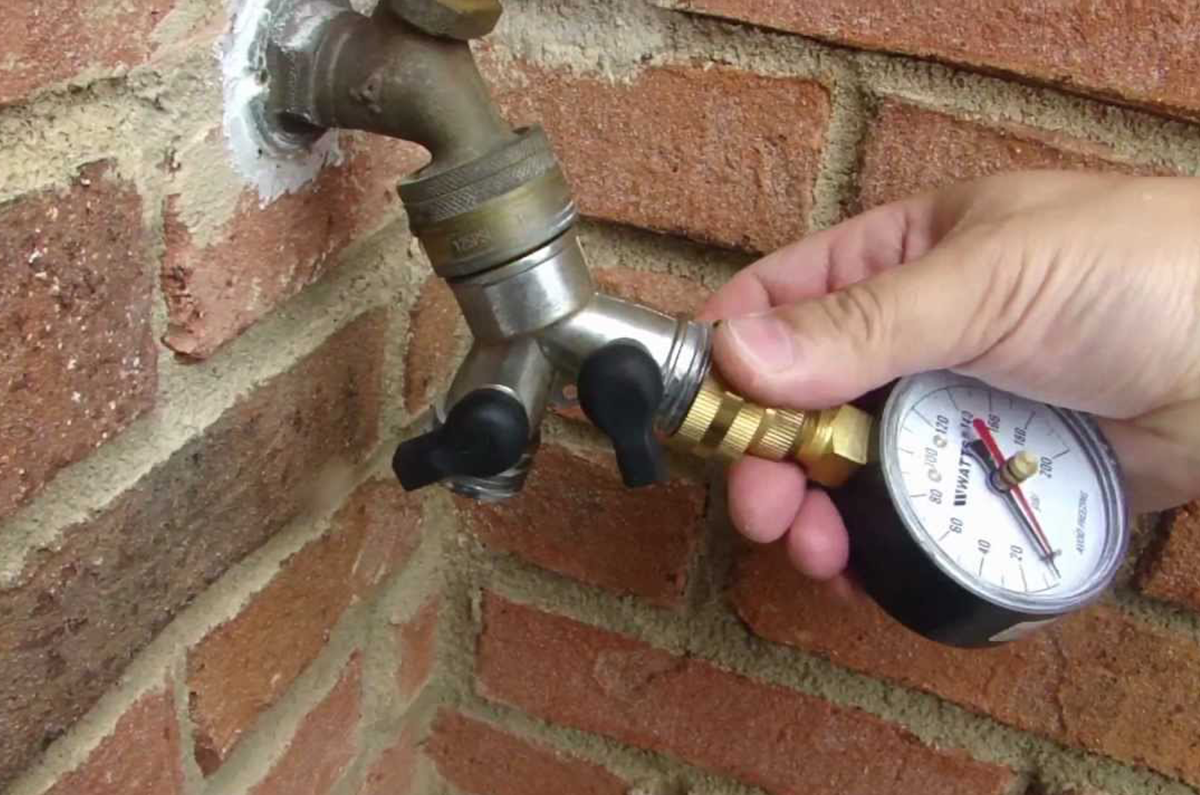Just how do you really feel with regards to 10 Reasons for Low Water Pressure in Your House?

Low tide pressure in your home can be a discouraging issue, influencing whatever from bathing to cleaning meals. If you're experiencing weak water flow, there are numerous feasible causes and remedies to explore. In this overview, we'll talk about usual factors for low tide pressure and sensible actions to attend to the concern properly.
Introduction to Low Water Stress
Low tide pressure happens when the circulation of water from your faucets, showers, and various other components is weaker than common. This can make day-to-day tasks much more challenging and much less effective. Recognizing the reasons for low tide pressure is vital to finding the ideal remedy.
Typical Root Causes Of Low Tide Stress
Pipe Obstructions
Gradually, pipelines can become obstructed with mineral deposits, sediment, or debris, restricting the flow of water. This is a common problem in older homes with galvanized steel pipes.
Deterioration
Rust within pipes can result in leakages and minimized water stress. Corrosion build-up can restrict water flow, especially in aging plumbing systems.
Faulty Stress Regulatory Authorities
Stress regulators are responsible for preserving consistent water pressure in your house. If they malfunction, it can lead to low tide stress or uneven flow throughout the house.
Municipal Water System Issues
Occasionally, the problem lies outside your home. Community water supply issues, such as main line leaks or maintenance work, can momentarily minimize water stress in your location.
Just How to Diagnose Low Water Stress
Examining Taps and Components
Start by checking the water pressure at different faucets and components throughout your home. If the issue is isolated to particular areas, it may show localized issues.
Checking Pipes
Inspect visible pipes for signs of leaks, corrosion, or clogs. Focus on any type of unusual sounds, such as banging or rattling pipelines, which might suggest problems within the plumbing system.
Consulting with a Plumber
If you're incapable to identify the reason for low water pressure, take into consideration hiring an expert plumber to conduct a comprehensive examination. They can identify underlying concerns and advise suitable services.
DIY Solutions to Deal With Low Tide Stress
Cleansing Aerators and Showerheads
Mineral deposits can build up in aerators and showerheads, decreasing water flow. Eliminate and clean these elements routinely to enhance water stress.
Flushing Hot Water Heater
Sediment build-up in the hot water heater can limit circulation and lower effectiveness. Purging the storage tank periodically helps get rid of sediment and maintain optimal efficiency.
Checking Pressure Regulator
Make sure that the stress regulator is functioning appropriately. Changing or replacing the regulatory authority can assist restore proper water stress throughout your home.
Cleaning Clogs in Piping
For small blockages, attempt making use of a plumbing serpent or chemical drainpipe cleaner to clear blockages in pipes. Be cautious when using chemicals and comply with security guidelines.
When to Call an Expert Plumber
If do it yourself efforts stop working to settle the issue or if you believe substantial plumbing troubles, it's finest to seek assistance from a qualified plumber. They have the competence and devices to address intricate concerns safely and efficiently.
Safety Nets to Keep Water Stress
Regular Upkeep
Arrange routine maintenance for your plumbing system to avoid problems such as rust, leakages, and obstructions. Resolving minor issues early can assist avoid even more considerable repairs later.
Mounting a Pressure Booster
Take into consideration setting up a pressure booster pump to enhance water stress in areas with regularly reduced circulation. This can be specifically valuable for multi-story homes or properties with high-demand fixtures.
Monitoring Water Use
Be mindful of water usage habits and prevent overtaxing the plumbing system. Simple changes, such as incredible showers and washing tons, can help maintain appropriate water stress.
Conclusion
Handling low tide pressure can be discouraging, however determining the underlying reasons and executing suitable options can recover ideal circulation throughout your home. Whether it's cleaning up aerators, examining pipelines, or seeking advice from a plumber, taking positive actions can make sure a steady supply of water for your daily demands.
FOUR WAYS TO FIX LOW WATER PRESSURE NOW
Turning on a shower or faucet only to find the water comes out in a sad, slow drizzle is never a good feeling. How exactly are you supposed to wash a pan or take a quick shower when it takes 10 minutes just to rinse off a little soap? The good news is that when your water pressure is bad, there's always a cause: typically one that can be easily fixed. Here are some of the most common causes of low pressure and what you can do to fix the issue:
DEBRIS AND MINERAL DEPOSIT BUILDUPS
If you notice low water pressure from just one or two of the fixtures in your house, the problem likely has to do with debris buildup. Water is full of minerals and other debris, all of which can accumulate in your pipes and on your fixtures. This can cause a blockage that affects how much water flows through. To fix this, try filling a small plastic bag with white vinegar, and use a rubber band to hang it around your showerhead or faucet. Let the head of the fixture soak for a few hours, and the vinegar should loosen the deposits.
WATER LEAKS
Leaks are another common cause of low water pressure. If water is flowing out of your plumbing through a hole or crack before it can reach your fixture, the pressure coming out of the faucet or showerhead will be lower. A plumbing professional is your best bet for finding and repairing a leak in your water supply pipes.
Leaks are another common cause of low water pressure. If water is flowing out of your plumbing through a hole or crack before it can reach your fixture, the pressure coming out of the faucet or showerhead will be lower. A plumbing professional is your best bet for finding and repairing a leak in your water supply pipes.
FOUR WAYS TO FIX LOW WATER PRESSURE NOW
Turning on a shower or faucet only to find the water comes out in a sad, slow drizzle is never a good feeling. How exactly are you supposed to wash a pan or take a quick shower when it takes 10 minutes just to rinse off a little soap? The good news is that when your water pressure is bad, there's always a cause: typically one that can be easily fixed. Here are some of the most common causes of low pressure and what you can do to fix the issue:
DEBRIS AND MINERAL DEPOSIT BUILDUPS
If you notice low water pressure from just one or two of the fixtures in your house, the problem likely has to do with debris buildup. Water is full of minerals and other debris, all of which can accumulate in your pipes and on your fixtures. This can cause a blockage that affects how much water flows through. To fix this, try filling a small plastic bag with white vinegar, and use a rubber band to hang it around your showerhead or faucet. Let the head of the fixture soak for a few hours, and the vinegar should loosen the deposits.
WATER LEAKS
Leaks are another common cause of low water pressure. If water is flowing out of your plumbing through a hole or crack before it can reach your fixture, the pressure coming out of the faucet or showerhead will be lower. A plumbing professional is your best bet for finding and repairing a leak in your water supply pipes.
Leaks are another common cause of low water pressure. If water is flowing out of your plumbing through a hole or crack before it can reach your fixture, the pressure coming out of the faucet or showerhead will be lower. A plumbing professional is your best bet for finding and repairing a leak in your water supply pipes.
A VALVE ISSUE
If you have low water pressure throughout your home, check your main shut-off valve to make sure it's completely open. You may also want to see if there's a pressure-reducing valve installed. If there is, have a plumber help you adjust the settings to get the pressure you're looking for.
OTHERS USING WATER
Believe it or not, your low water pressure could be caused by your neighbors. If you notice low pressure at certain times of day, it may be because you and the people living next to you have similar schedules - when everyone is showering at the same time, the pressure will be lower in every home. Low pressure throughout the neighborhood may also be caused by an issue with your municipal water supply. If that's the case, call the supplier to see if they're working on the issue.
https://www.rotorooter.com/blog/water-leaking/low-water-pressure-fixes/

As a passionate reader on Low Water Pressure in the House?, I was thinking sharing that piece of content was really helpful. Remember to take the opportunity to promote this blog if you liked it. Thanks a lot for your time invested reading it.
Click Here